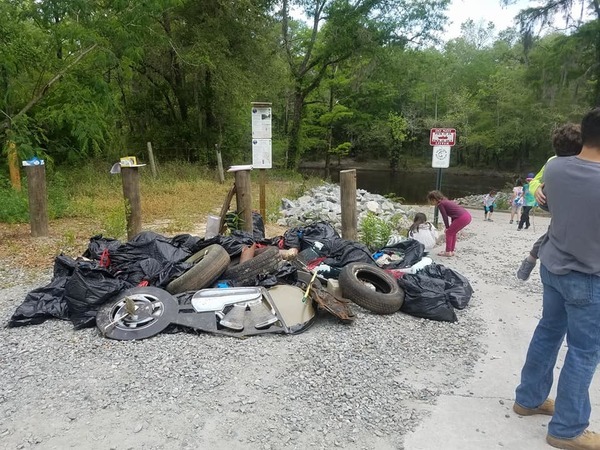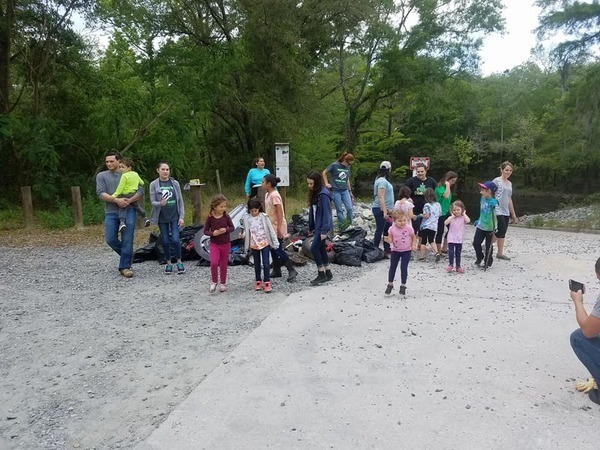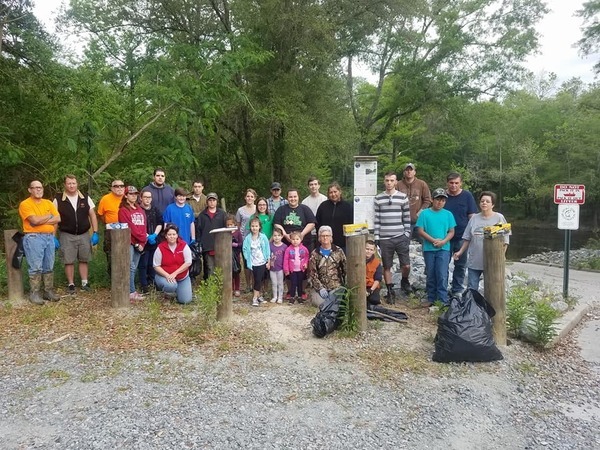Two new sites on the Withlacoochee River from the Lowndes County Historical Society, for Day 2 and Day 3 of #PaddleGA2019.
Day 2 of Paddle Georgia went by this site of Spain’s Ferry and Spain’s Bridge:
![[Spain Ferry and Spain's Bridge]](https://www.wwals.net/pictures/2013-07-01--withlacoochee-crossing/Jul-Oct-2013_F-0006.jpg)
Spain Ferry and Spain’s Bridge
Day 3 (today) will go by this site of Warner’s Ferry at the GA-FL line:
The entire July – October 2013 newsletter of the Lowndes County Historical Society is on the WWALS website, courtesy of Donald O. Davis, the Museum’s Director.
We will add Spain’s Bridge and Warner’s Ferry to the Withlacoochee and Little River Water Trail.
-jsq, John S. Quarterman, Suwannee RIVERKEEPER®
You can join this fun and work by becoming a WWALS member today!

![[Warner's Ferry]](https://www.wwals.net/pictures/2013-07-01--withlacoochee-crossing/Jul-Oct-2013_F-0007.jpg)
![[Withlacoochee River, Lowndes County]](https://www.wwals.net/pictures/2019-06-15--agatized-coral-locohist/2019-No.-Online-A-0002.jpg)
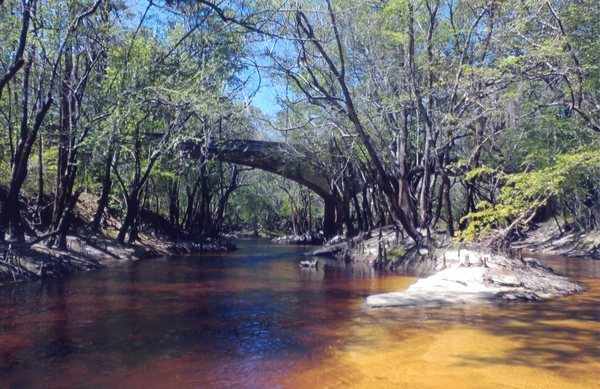
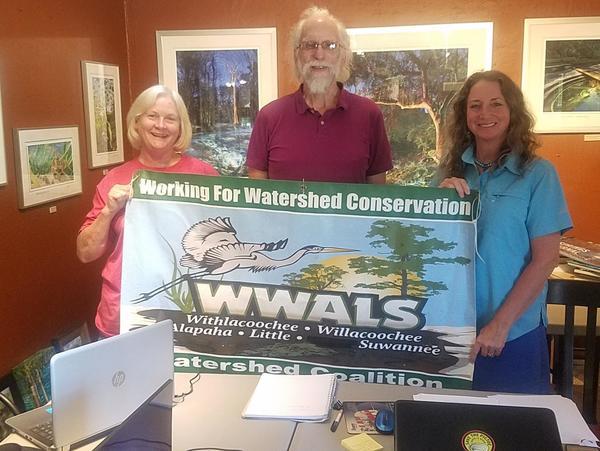
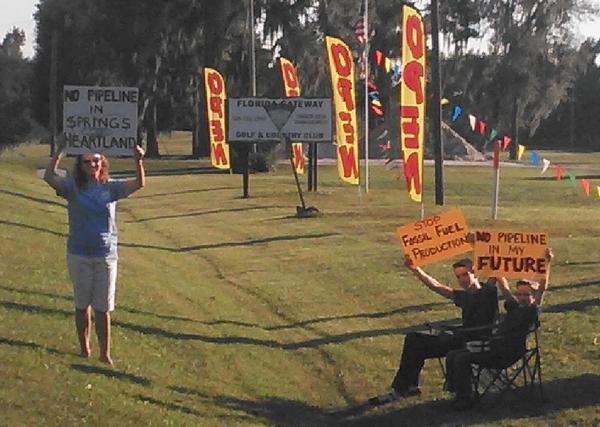
![[Red, yellow, white, blue, 10:09:03, 30.8454610, -83.3467969]](https://www.wwals.net/pictures/2018-10-13--troupville-cleanup-pictures/20181013_100903.jpg)
